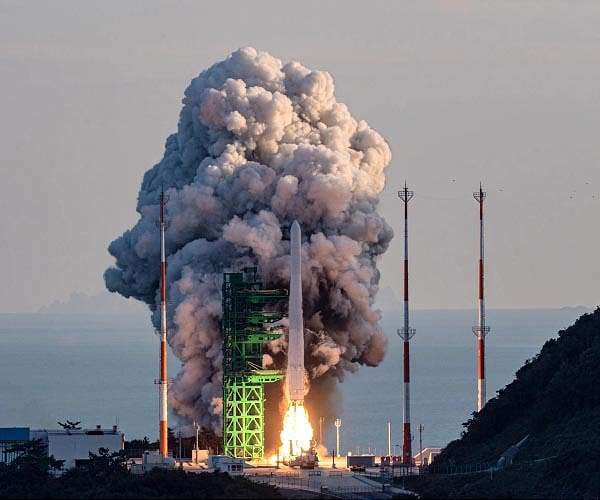- Joined
- 21 January 2015
- Messages
- 10,674
- Reaction score
- 12,320
Anybody know what this is? I've seen, "space launcher" but it doesn't look like any launch vehicle I've ever seen. Almost looks like a toy with those big fixed fins. Test vehicle?
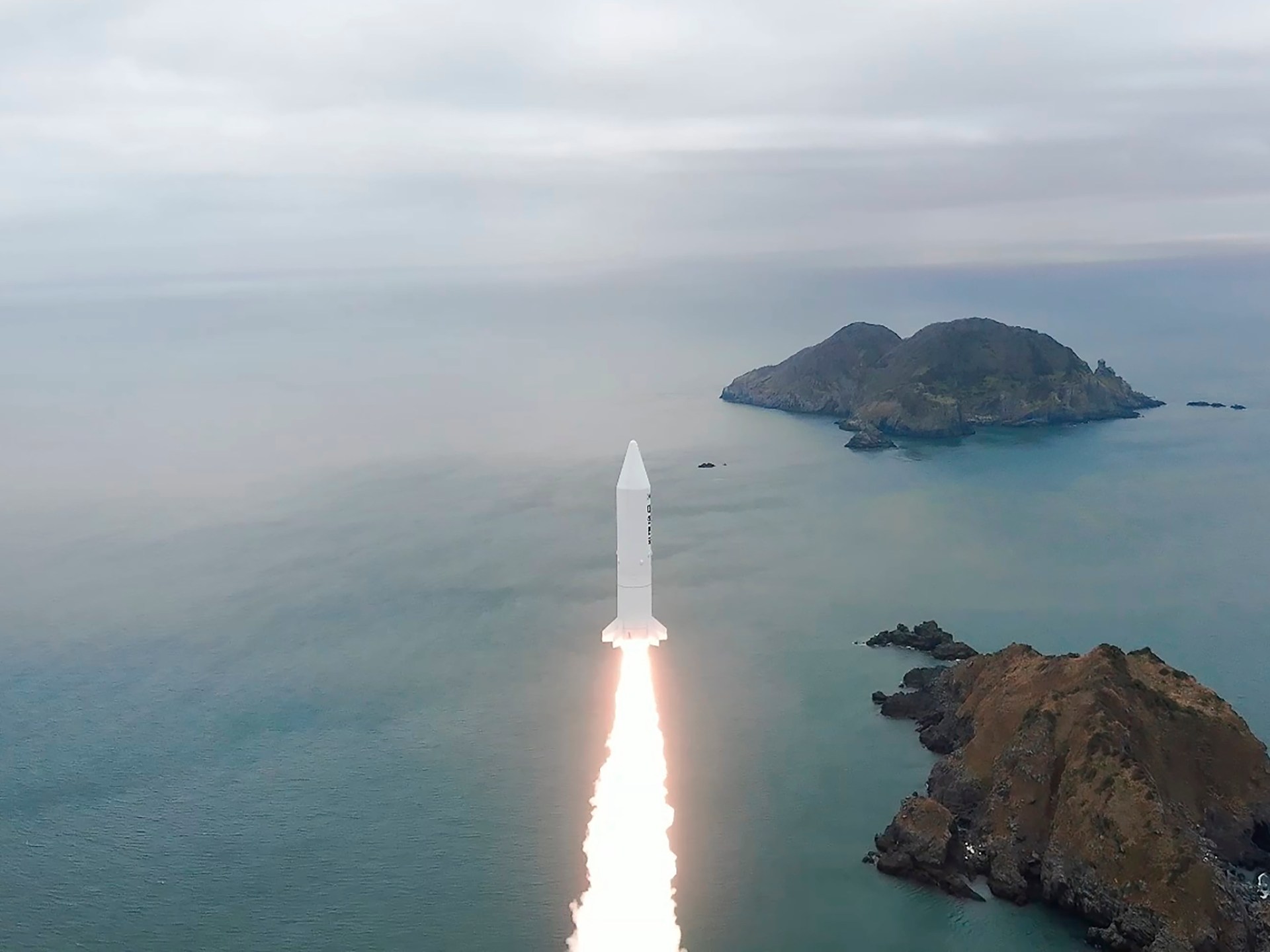
SEOUL, South Korea — South Korea has signed a contract with SpaceX to launch five spy satellites by 2025, with the first launch on a Falcon 9 rocket by the end of 2023.
A spokeswoman for the Defense Acquisition Program Administration (DAPA) confirmed the deal April 11, saying the 2023 launch would deliver an 800-kilogram electro-optical infrared satellite to low Earth orbit.
“The deal was made to launch five satellites involved in the ‘425 project,’” DAPA spokeswoman Park Geun-young told SpaceNews, referring to a space-based reconnaissance project the defense ministry launched in 2018 for closer monitoring of North Korea’s military activities. Under the project, five satellites — four synthetic aperture radar (SAR) satellites and one featuring an electro-optical infrared (EO/IR) telescope — will be launched to low Earth orbit between 600 and 700 km by 2025, enabling South Korea’s military to observe the nuclear-armed neighbor’s key military facilities every two hours with 30-50 centimeters resolution imagery, according to a 2019 report produced by the Korea Institute of S&T Evaluation and Planning. The spokeswoman declined to share the terms and conditions of the deal, as well as launch schedules for the other four satellites.
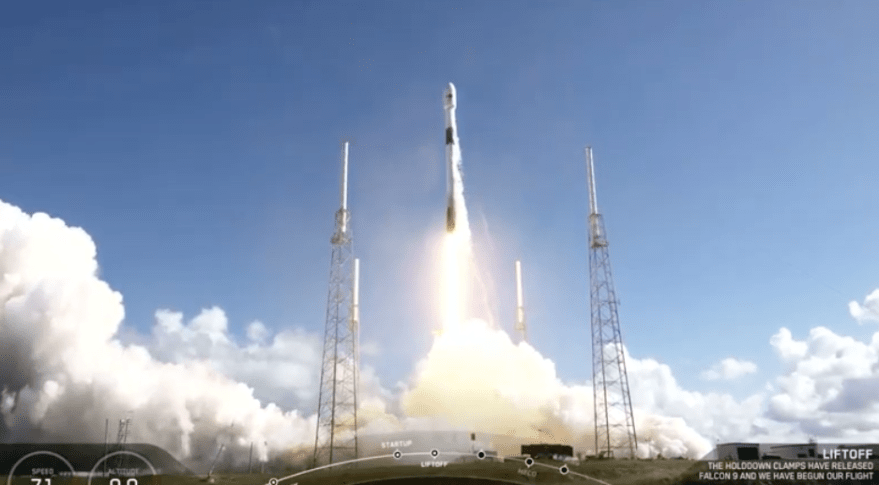
 spacenews.com
spacenews.com
South Korean company INNOSPACE has unveiled its Hanbit-TLV "한빛-TLV" rocket which is in the testing phase before being shipped to Brazil for launch later this year. The rocket has a height of 16.3 meters and an engine thrust of 15 tons.
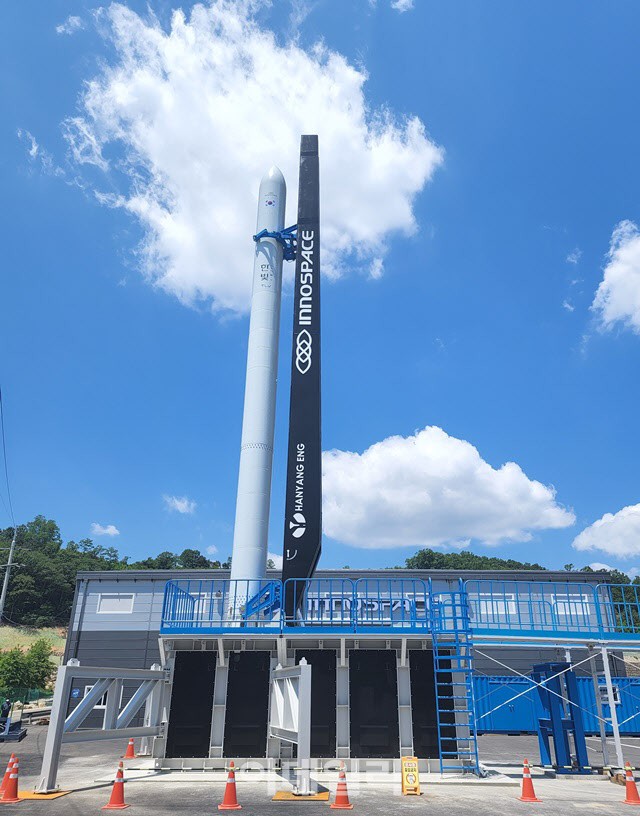
Some $70 million is budgeted for work on the Korean Positioning System, a constellation of eight navigation satellites South Korea aims to deploy between 2027 and 2034. Satellite production is expected to begin in 2024 after completing work this year on core navigation technology.
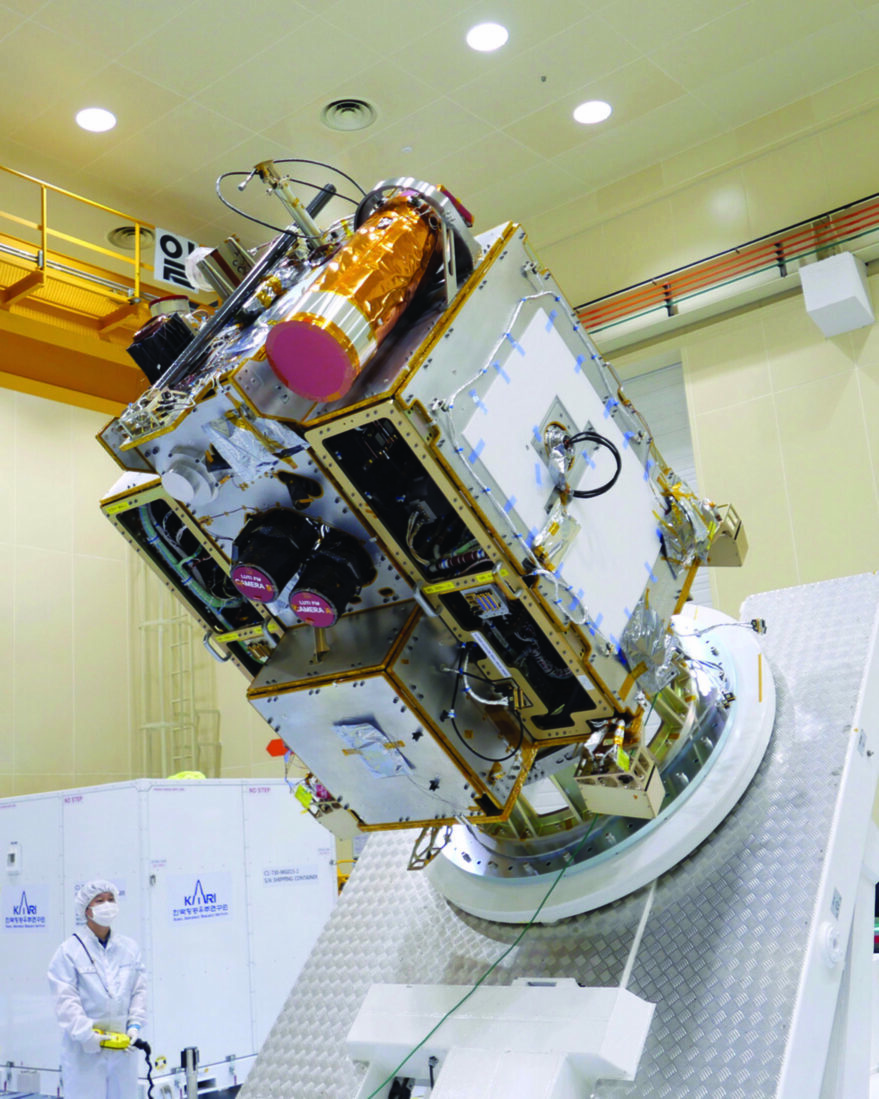
Reconstructing the trajectory of South Korea's Nuri launch this morning, it appears the first and second stags flew on a 170 deg azimuth path towards a ~72 deg inclination orbit, and then the third stage yawed to change direction to the final 98 deg sun-sync orbit
If they had instead flown directly towards a 98 deg orbit, lower stages might have impacted near Taiwan and the Phillipines, which is presumably why this less energy-efficient approach was taken.
Nuri going vertical at pad
